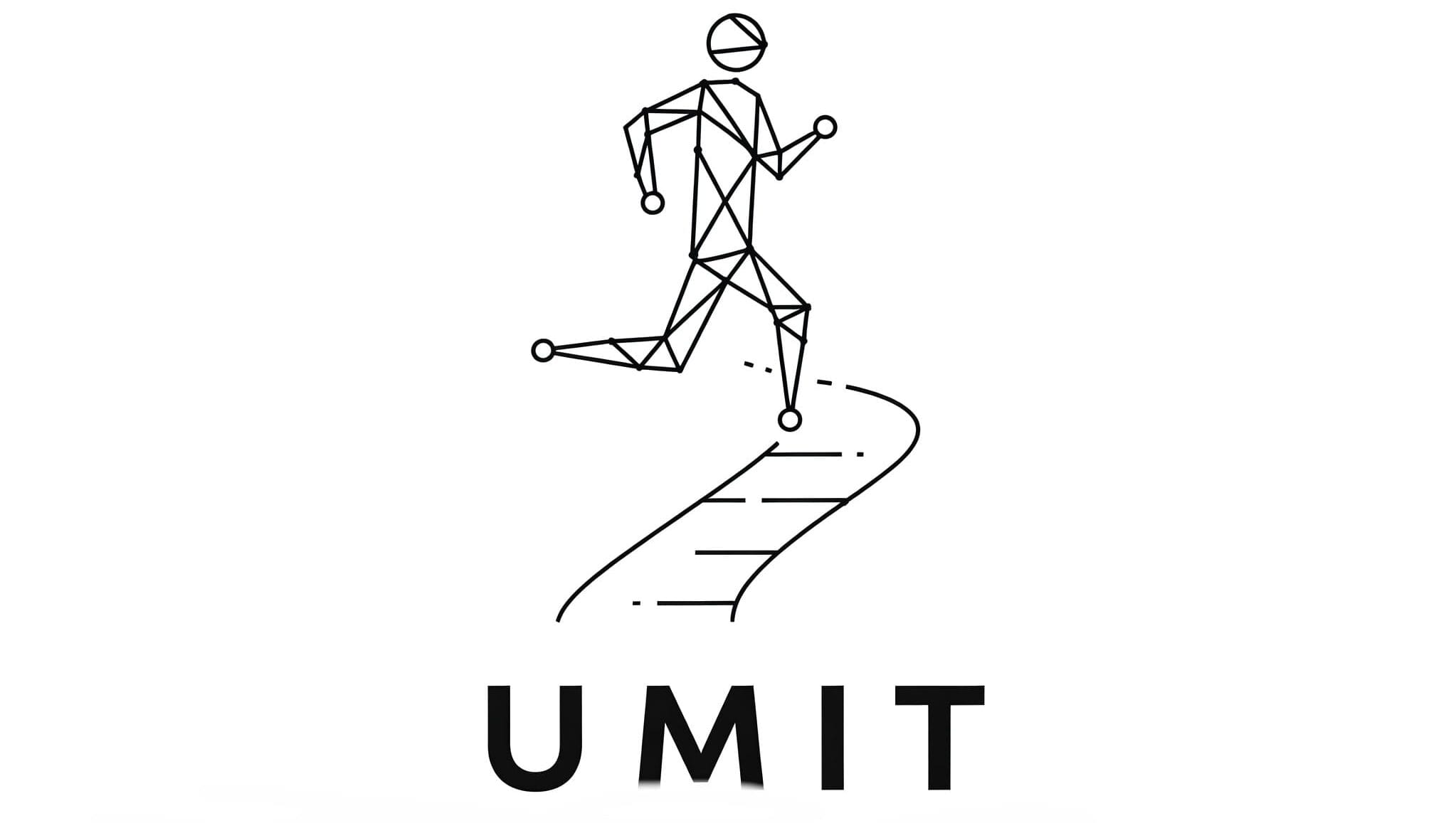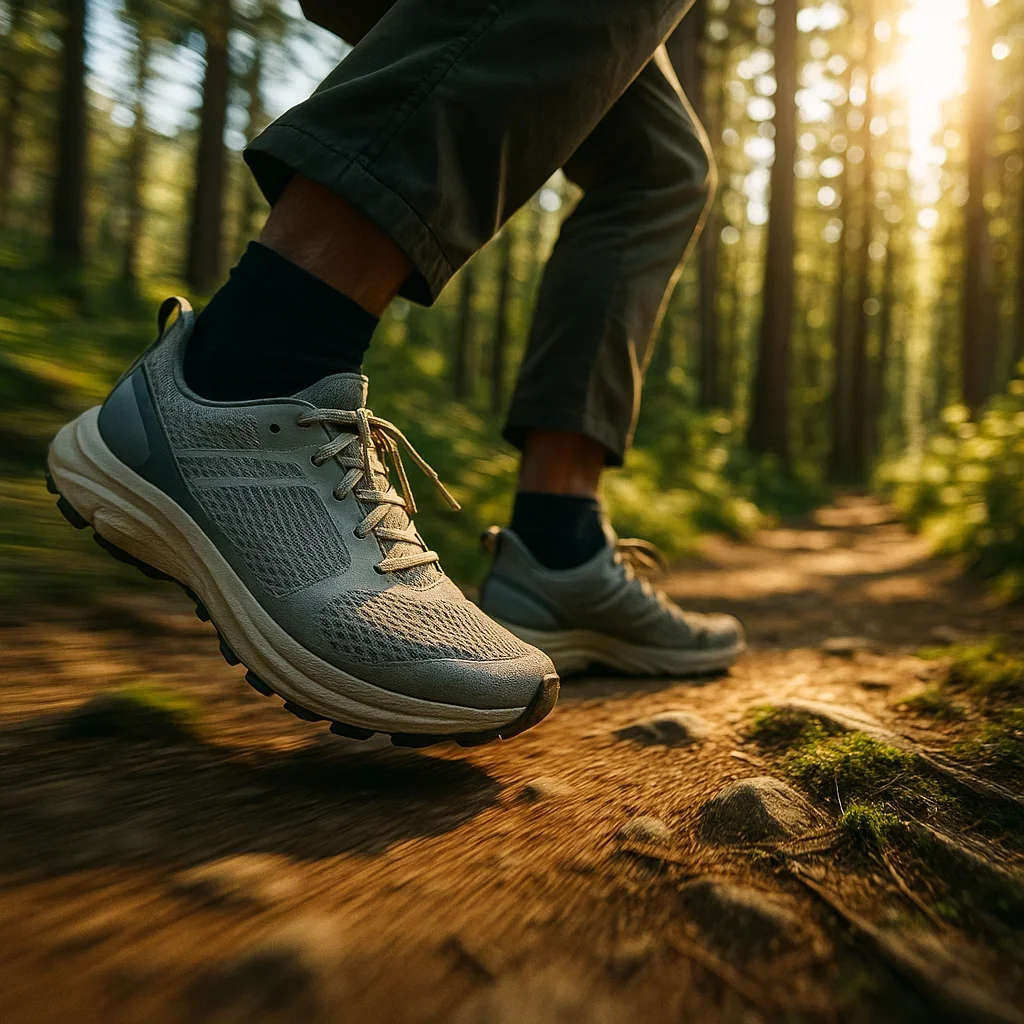Looking for a way to hike further, move faster, and end your adventures with fresher feet? You’re not alone! More and more hikers are ditching bulky boots in favor of lightweight trail running shoes—and it’s transforming their time outdoors.
In this in-depth guide, you’ll discover the science-backed benefits of ultralight shoes, explore 2025’s best models, and find out if making the switch is right for you.
For a complete expert guide, see our Best Trail Running Shoes for Hiking pillar post.
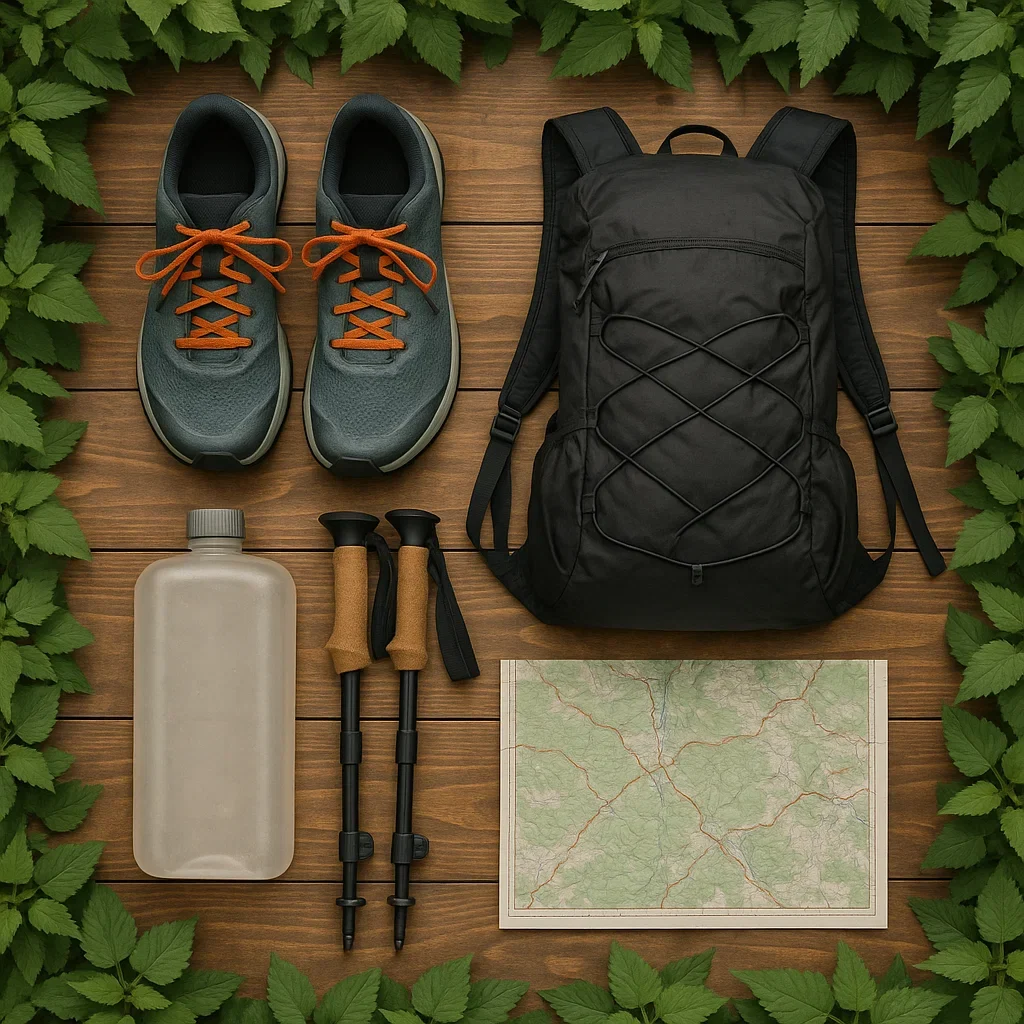
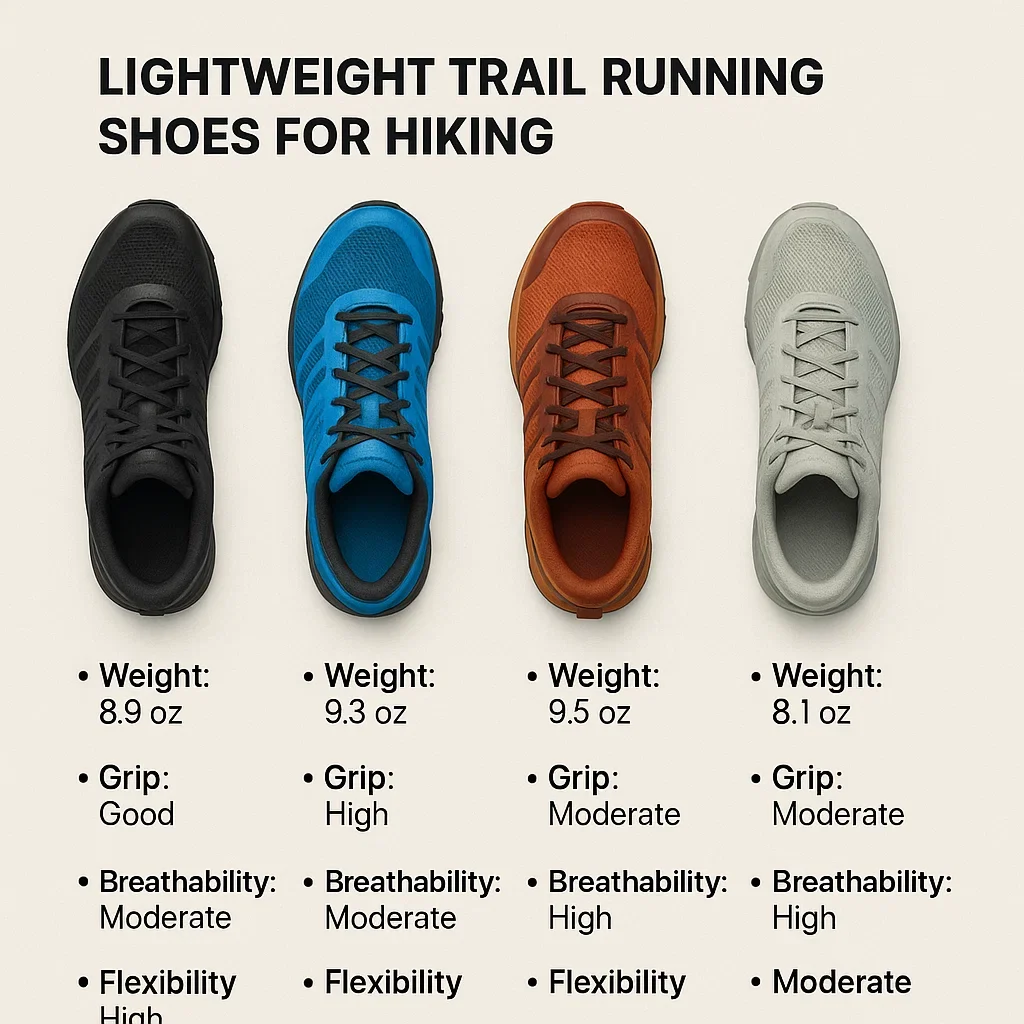
What Makes a Trail Running Shoe “Lightweight”?
Not all trail running shoes are truly “lightweight.” But what qualifies a shoe for this category, and why does it matter for hikers? Lightweight trail running shoes generally weigh under 280g (10oz) per shoe for men’s size US 9. Many of the most popular models weigh as little as 220–260g, thanks to cutting-edge foam, thin mesh uppers, and minimalist designs.
- Materials: Ultralight engineered mesh, EVA or supercritical foams, and minimalist outsoles cut weight while maximizing breathability and flexibility.
- Construction: Less rigid overlays, streamlined rock plates, and simplified lacing keep the shoe light—without sacrificing essential protection.
Why is this important for hikers? Shedding even 100g per shoe can reduce fatigue and help you move faster over long days on the trail.
| Feature | Lightweight Trail Shoes | Regular Trail Shoes |
|---|---|---|
| Weight (Men’s US 9) | 220–280g | 300–370g+ |
| Upper Material | Engineered mesh, minimal overlays | Thicker mesh or synthetics |
| Midsole | Light EVA/superfoam | Heavier foams, added support |
| Protection | Basic toe bumper/plate | Thicker plates, more overlays |
Bottom line: If you want to maximize your mileage and minimize muscle fatigue, it pays to go light on your feet.
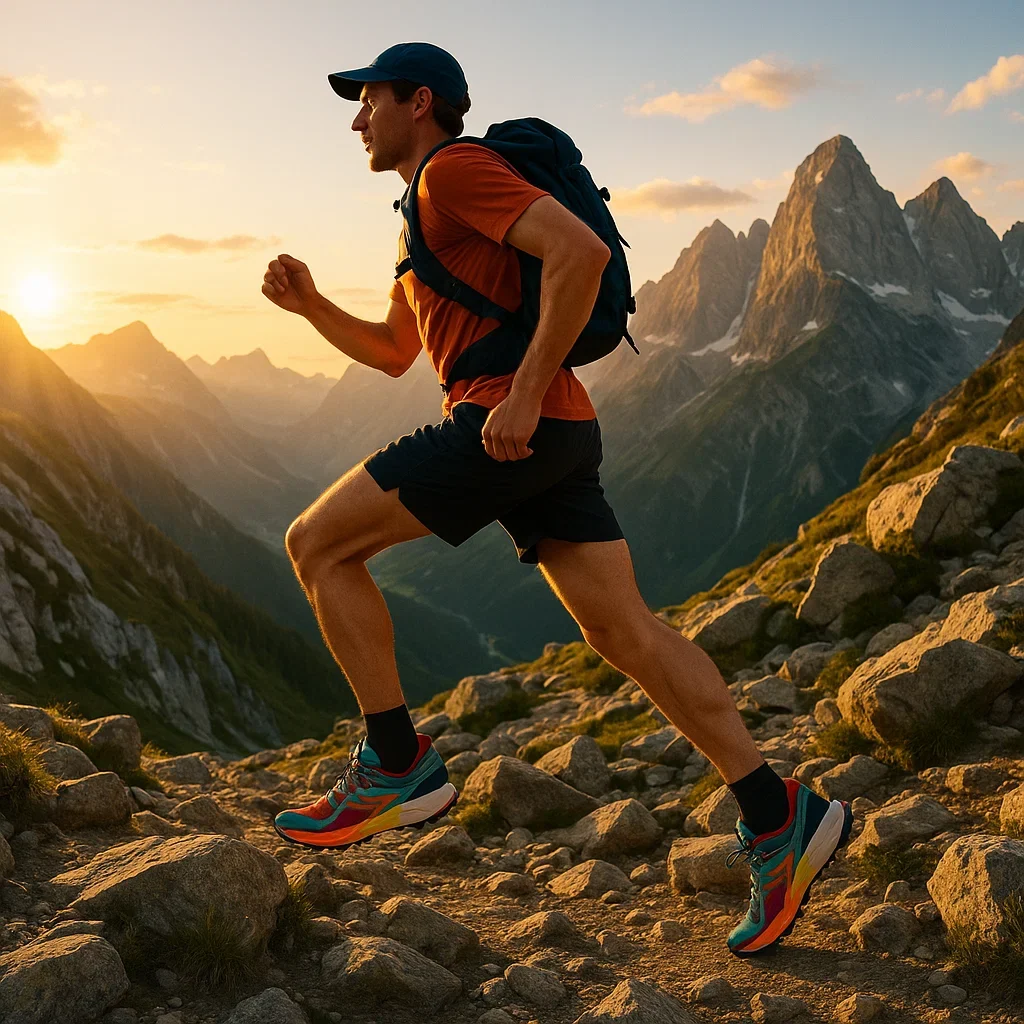
Benefits of Lightweight Trail Running Shoes for Hiking
Lightweight trail running shoes have become a top choice for hikers seeking less fatigue and more speed on the trails. The biggest advantage is, of course, energy savings: shedding even 100g per shoe means less weight with every step, which adds up over hours of hiking.
- Reduced Fatigue: Lighter shoes make every kilometer feel easier, especially on long or hilly hikes.
- Better Agility: Flexible and responsive construction means you can react faster to tricky terrain, jump over obstacles, or scramble with confidence.
- Quick Drying & Breathability: Ultralight mesh uppers shed water fast after creek crossings or rain, helping prevent blisters and keeping your feet cool.
- Versatility: Many lightweight trail shoes double as travel shoes, fastpacking footwear, or even daily trainers—no need for a second pair.
Are There Any Downsides?
While lightweight shoes are awesome for speed and comfort, they aren’t perfect for every scenario. You might notice:
- Less Protection: Minimal designs sometimes offer less rock protection or toe bumpers than heavier models.
- Durability: Lightweight foams and mesh can wear out faster on rough terrain, especially under heavy packs.
- Support: Hikers with unstable ankles or carrying a heavy backpack may need more structure or ankle support.
Pro tip: If you’re new to lightweight shoes, start on moderate trails with a light pack before using them on demanding hikes.
2025’s Best Lightweight Trail Running Shoes for Hiking
| Model | Weight | Grip | Cushion | Best For |
|---|---|---|---|---|
| Salomon Sense Ride 5 | 286g | ⭐⭐⭐⭐⭐ | Medium | Mixed terrain, day hikes |
| Hoka Torrent 3 | 248g | ⭐⭐⭐⭐ | Moderate | Fastpacking, long distance |
| Inov-8 Terraultra G 270 | 270g | ⭐⭐⭐⭐ | Minimal | Minimalist fans, dry trails |
| Merrell MTL Skyfire 2 | 210g | ⭐⭐⭐ | Low | Speed hiking, racing |
| Altra Superior 6 | 227g | ⭐⭐⭐ | Minimal | Natural feel, wide toe box |
For more details on these and other models, check our full Best Trail Running Shoes for Hiking guide.
How to Choose the Right Lightweight Shoe for Your Hike
- Fit matters most: Try on shoes late in the day with your hiking socks. Look for enough toe room and a secure heel lock.
- Consider your terrain: Rocky and technical? Choose shoes with sticky rubber and some rock plate. Soft/muddy? Go for deeper lugs.
- Weather: Mesh shoes dry fast but are less protective in cold or rain. Waterproof versions help in wet climates but can get warm.
- Packing light? If your pack is heavy, you may need a touch more support, even in a lightweight shoe.
If in doubt, start with a shoe that has moderate cushioning and a balanced fit—these work best for most beginners.
Transition Tips: Switching from Boots or Heavier Shoes
- Wear lightweight shoes on short local walks or hikes first.
- Alternate with your old boots for the first 2–3 weeks.
- Listen to your body—mild muscle soreness is normal, but sharp pain is not.
- Build up distance slowly (10% rule).
- Do simple foot and calf strengthening exercises.
Real-World Experiences
“I switched from boots to lightweight trail runners for my 7-day hike on the Lycian Way. My feet felt fresh at the end of each day, and I loved not having to worry about drying time after rain or stream crossings.”
– Serkan, Antalya
“Never thought I could trust such a thin shoe for rocky trails, but the grip and comfort surprised me. My only regret? Not trying them sooner.”
– Ezgi, Izmir
❓ Frequently Asked Questions
🌱 Are lightweight trail running shoes durable enough for hiking?
🚿 How do I clean lightweight trail running shoes after a muddy hike?
🧦 What socks work best with lightweight trail shoes?
🌧 Are waterproof lightweight trail shoes worth it?
🏃♂️ Can I use lightweight trail running shoes for both running and hiking?
🦶 Are minimalist shoes the same as lightweight shoes?
👟 How do I know if a shoe is too light for my needs?
🧳 Are lightweight trail shoes good for travel or backpacking?
🔀 How often should I rotate or replace lightweight shoes?
🩹 Do lightweight shoes cause more blisters?
📚 Further Reading
- REI: Trail Running Shoes Advice – Detailed breakdown of features and types.
- OutdoorGearLab: Best Trail Running Shoes – Indepth reviews and lab tests.
- Treeline Review: Best Trail Running Shoes – Thru-hiker tested recommendations.
Final Thoughts
If you want to hike lighter, faster, and happier, lightweight trail running shoes are a proven upgrade. Just remember: comfort and fit always come first! Try before you buy, break them in gently, and enjoy every step—your future self (and your feet) will thank you.
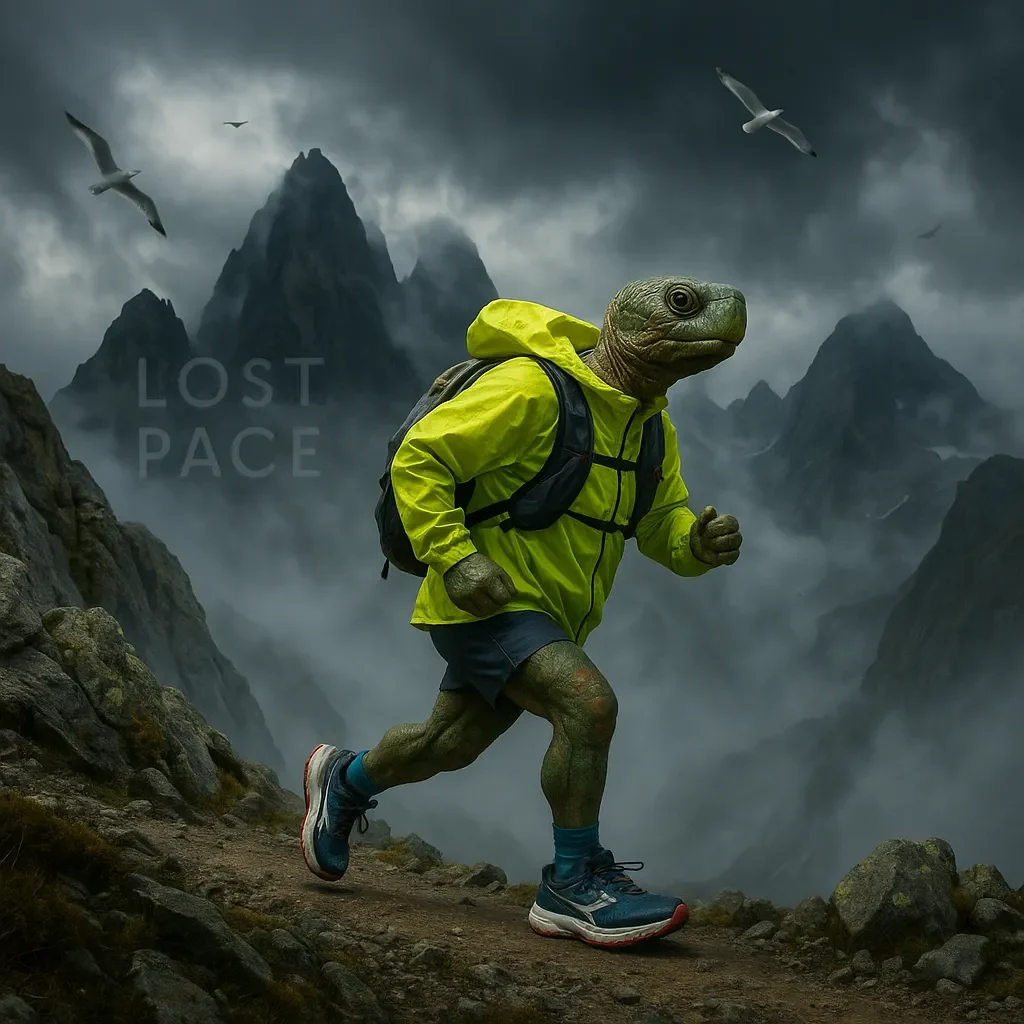
About the Author
Lost Pace is an ultramarathon runner, shoe-tester and the founder of umit.net. Based year-round in Türkiye’s rugged Kaçkar Mountains, he has logged 10,000 + km of technical trail running and completed multiple 50 K–100 K ultras.
Blending mountain grit with data, Lost analyses power (CP 300 W), HRV and nutrition to craft evidence-backed training plans. He has co-written 260 + long-form guides on footwear science, recovery and endurance nutrition, and is a regular beta-tester of AI-driven coaching tools.
When he isn’t chasing PRs or testing midsoles, you’ll find him sharing peer-reviewed research in plain English to help runners train smarter, stay healthier and finish stronger.
Ultrarunner · Data geek · Vegan athlete
